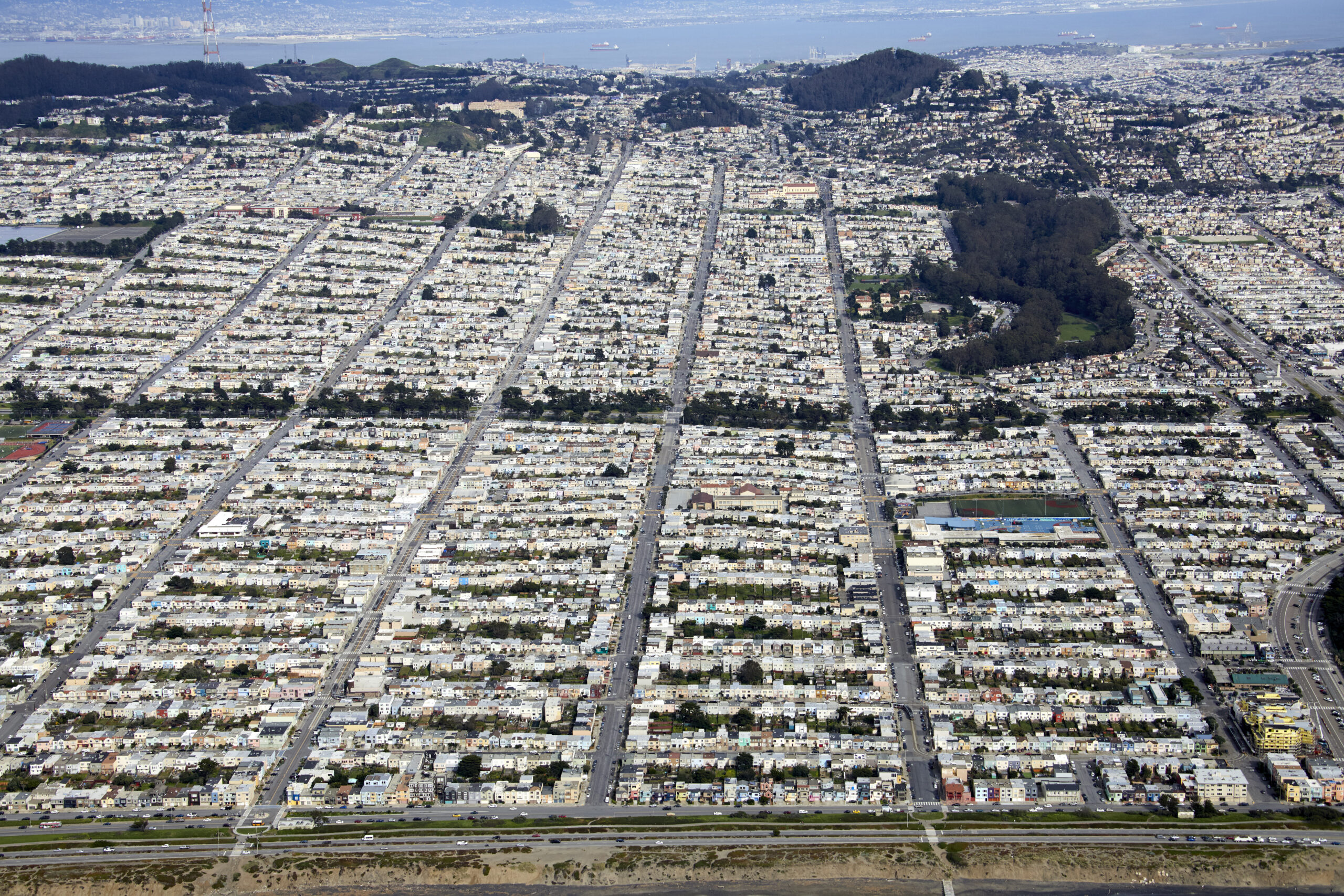San Francisco’s Housing Element—a plan to make room for 82,000 new housing units by 2031—is on its way to full approval after it was greenlighted by the state and by a key committee.
After getting approval by the California Department of Housing and Community Development last week, the Board of Supervisors’ Land Use and Transportation Committee voted to approve the plan before it heads to a full board vote.
So what does the Housing Element actually entail, and how could it reshape the city? Here’s a breakdown.
What It Does—and Doesn’t Do
The Housing Element doesn’t commit the city to any specific sites or even policy changes for where housing will be built in the city—that’s up to city leaders to sort out.
What it does is survey the city to find out how many sites could potentially be developed, and—since San Francisco doesn’t currently have enough developable space to meet the state’s 82,000-unit goal—point to potential changes.
The city’s west side is its biggest target. The city’s planning department plans to make up the city’s housing deficit by changing zoning rules in the city’s least dense and highest-income neighborhoods—which are all located in the city’s west side.
The latest draft has San Francisco committed to making these zoning changes by 2026. Specifically, it says the city will commit to getting rid of discretionary review for large-scale housing developments where at least a fifth of the units are affordable.
And if the city is still not on track to hit state housing goals in four years, it plans to reevaluate what’s standing in the way of new housing and consider changing zoning rules again or putting more money toward affordable housing.
The State Is on Board
The state told San Francisco in a letter last week that the current plan meets its requirements, paving the way for quick state approval should city leaders sign off.
That’s despite an ongoing investigation from the state into the city’s housing policies and practices, initial results of which are expected early this year.
If all the right approvals—including Mayor London Breed’s signature and final state certification—come before Jan. 31, the city could avoid penalties from the state. Those potential penalties include an accelerated timeline to get rezoning done, threats to funding for housing and transportation, and even a “builder’s remedy”— a loss of local control and a field day for developers angling to break local height and density rules.
Is It Realistic?
Members of the Board of Supervisors, including Supervisor Dean Preston, said on Monday they’re worried about actually hitting the goals set out in the plan. Preston called on the state and city to do more to fund a lofty requirement to build around 47,000 new affordable units.
“I fear that our state, certainly, and to some extent our city, are not serious enough about hitting the affordable housing goals regardless of what's written in this document,” Preston said at Monday’s hearing. “I can't help but conclude that the process and structure are set up for the city to fail.”
But Gov. Gavin Newsom has voiced little sympathy for San Francisco and other jurisdictions falling behind on their housing goals, saying they better get building or face the consequences.
Supervisor Myrna Melgar said on Monday that the Housing Element should be accompanied by adequate planning for infrastructure, like water and electricity, to support the new residences. Meanwhile, some political groups worried about the potential for widespread rezoning to create displacement.
“If we’re not vigilant, San Francisco’s Housing Element can turn into Redevelopment 2.0,” wrote Ericka Scott of the San Francisco African American Arts and Cultural District in a press release.
